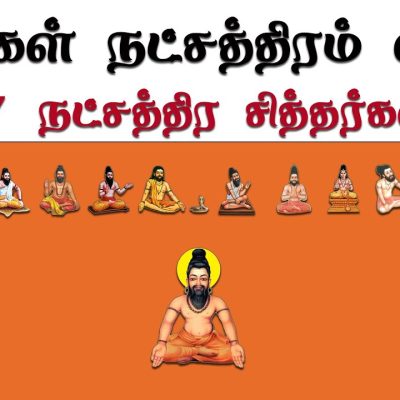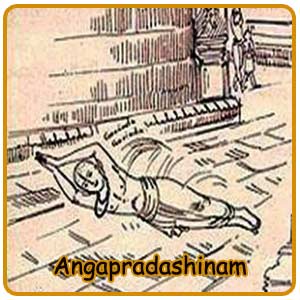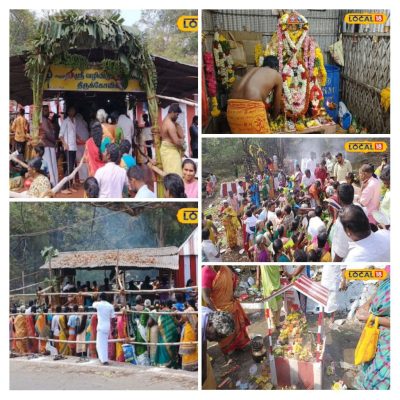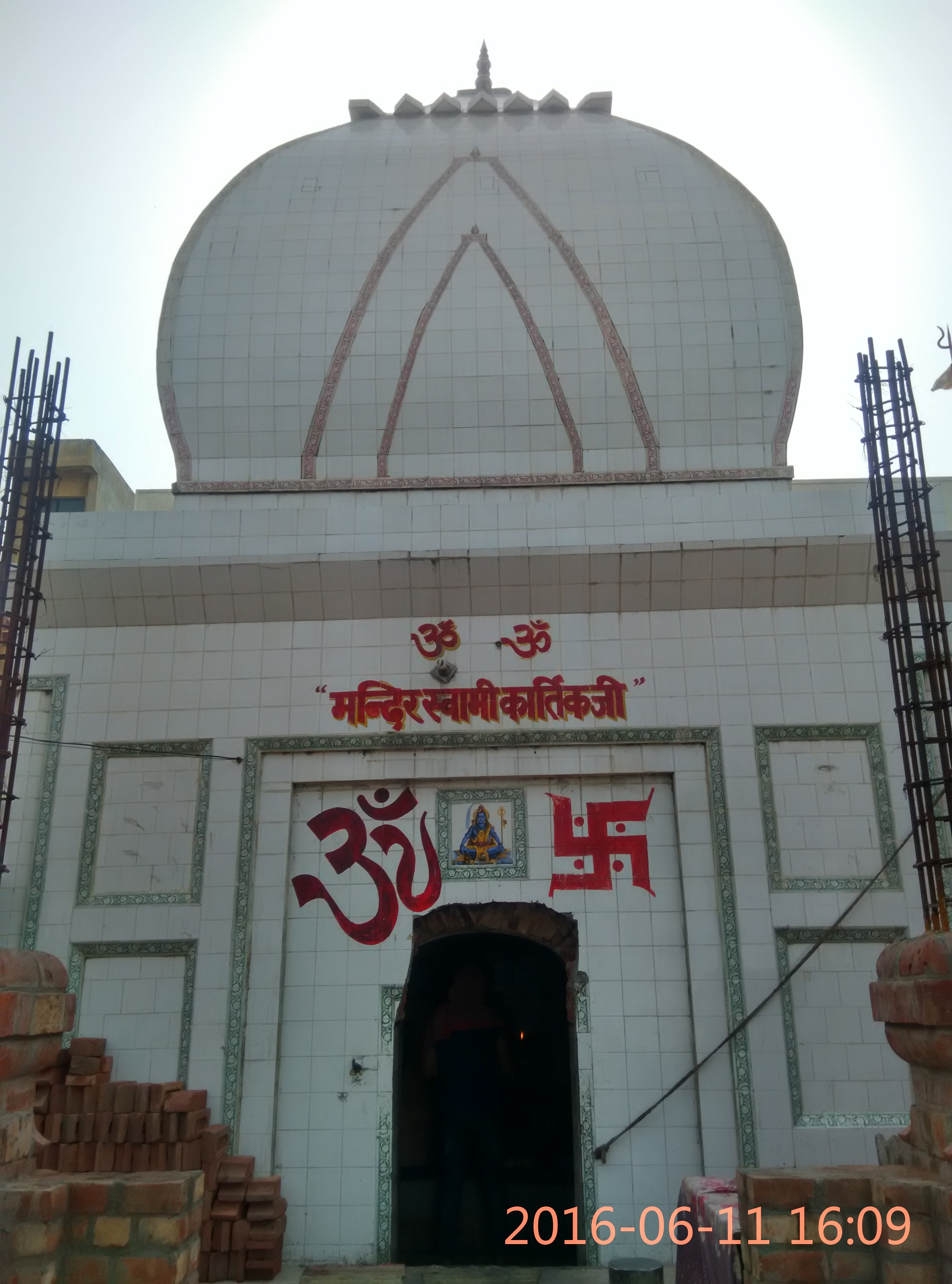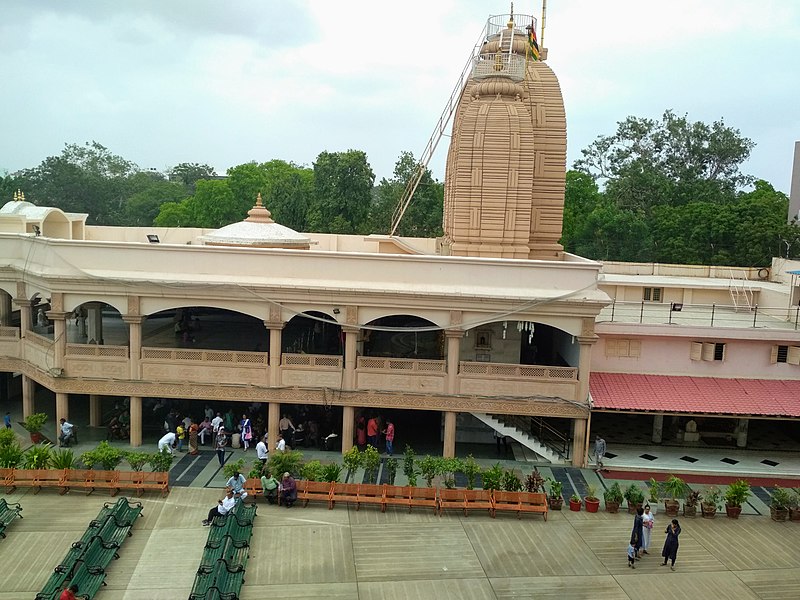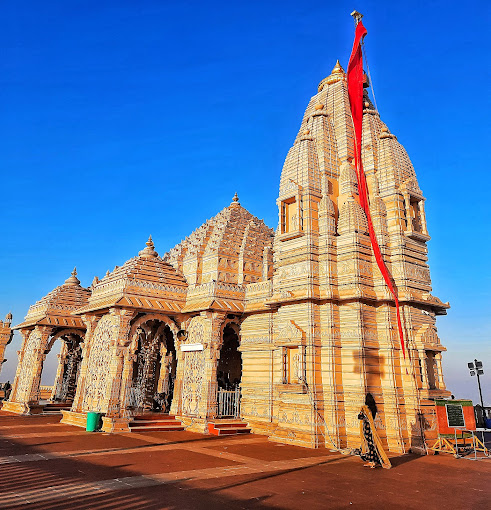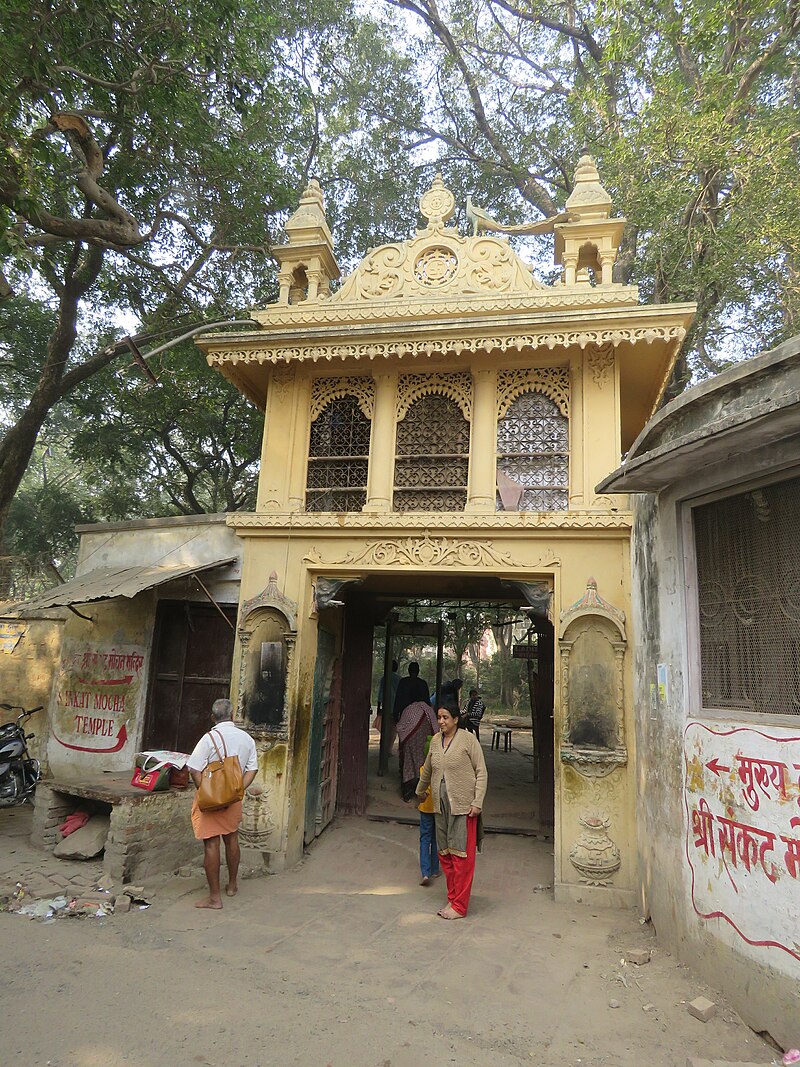Kathmandu Pashupatinath Temple – Nepal
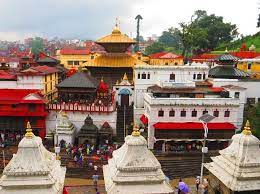
Address
Kathmandu Pashupatinath Temple – Kathmandu 44600, Nepal Phone: +977 1-4471828
Diety
Pashupatinath
Introduction
Pashupatinath Temple is dedicated to Pashupati, and is located in Kathmandu, Nepal. This “extensive temple precinct” is a “sprawling collection of temples, ashrams, images and inscriptions raised over the centuries along the banks of the sacred Bagmati river”, and is one of seven monument groups in UNESCO’s designation of Kathmandu Valley. The magnificent sanctum devoted to Lord Shiva draws in thousands of devotees who come to offer their prayers and seek blessings from him; it is believed that the Jyotirlinga housed in the Pashupatinath temple is the head of the body which is made up of the twelve Jyotirlinga in India. In 1979, the magnificent temple was declared a UNESCO World Heritage Site.
Puranic Significance
The exact date of the temple’s construction is uncertain, but the current form of the temple was constructed in 1692 CE. Pashupatinath Temple is the oldest temple in Kathmandu. But according to Nepal Mahatmaya and Himvatkhanda, the deity here gained great fame there as Pashupati. The ornamented pagoda houses the linga of Shiva. There are many legends describing how the temple of Aalok Pashupatinath came into existence here. According to Gopalraj Aalok Vhat, the temple was built by Prachanda Deva, a Licchavi king. Another chronicle states that Pashupatinath Temple was in the form of Linga shaped Devalaya before Supuspa Deva constructed a five-storey temple of Pashupatinath in this place. As time passed, the temple needed to be repaired and renovated. It is known that this temple was reconstructed by a medieval king named Shivadeva. Later it was renovated by Ananta Malla adding a roof to it. The main temple complex of Pashupatinath and the sanctum sanctorum was left untouched, but some of the outer buildings in the complex were damaged by the April 2015 Nepal earthquake. The Cow’s Tale As this legend goes; Lord Shiva and Goddess Parvati once transformed themselves into antelopes and visited the dense forest on the eastern bank of the Bagmati River. Enamored with the beauty of the place, Lord Shiva decided to stay back as a deer. The other deities soon came to know of his mischief and pestered him to resume his divine form by gripping one of his horns, which broke in the process. This broken horn used to be worshipped as a Shivalinga but was buried and lost after a few years. Several centuries later, a herdsman found one of his cows showering milk on the site. Astonished, he dug deep into the site only to find the divine Shivalinga.
Special Features
This main temple is built in the Nepalese pagoda style of architecture. The two-level roofs are of copper with gold covering. The temple rests on a square base platform with a height of 23m 7 cm from base to pinnacle. It has four main doors, all covered with silver sheets. This temple has a gold pinnacle (Gajur). Inside are two garbhagrihas: the inner garbhagriha or sanctum sanctorum is where the idol is placed, and the outer sanctum is an open corridor-like space. The sacro sanctum, or the main idol, is a stone Mukhalinga with a silver yoni base bound with a silver serpent. It is one meter high and has faces in four directions, which represent various aspects of Shiva; Sadyojata (also known as Barun), Vamadeva (also known as Ardhanareshwara), Tatpurusha, Aghora, and Ishana (imaginative). Each face has tiny protruding hands holding rudraksha mala in the right hand and a kamandalu in the other. Unlike other Shiva lingams in India and Nepal, this lingam is always dressed in its golden vastram except during abhisheka, so pouring milk and Ganga Jal is only possible during the ritual through the main priests.
Festivals
There are many festivals throughout the year, such as the Maha Shiva Ratri Bala Chaturthi festival and the Teej festival. Teej is one of the most celebrated festivals at Pashupatinath Temple
Century/Period/Age
1692 CE.
Managed By
UNESCO World Heritage Centre.
Nearest Bus Station
Kathmandu.
Nearest Railway Station
Raxaul junction
Nearest Airport
Tribhuvan International Airport
